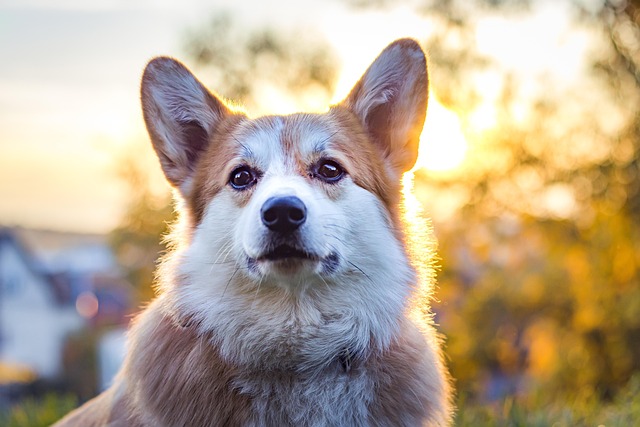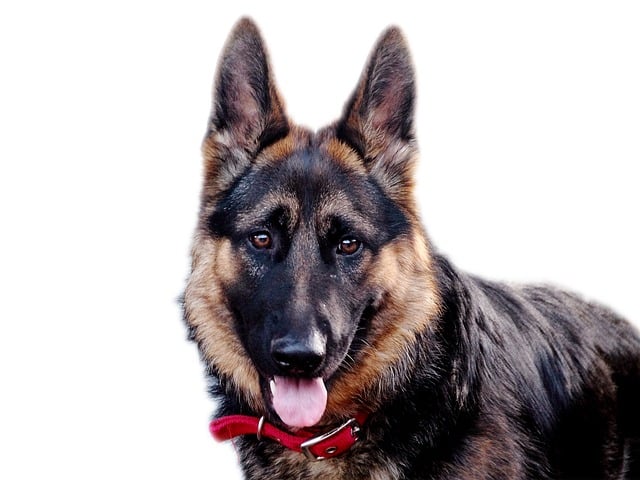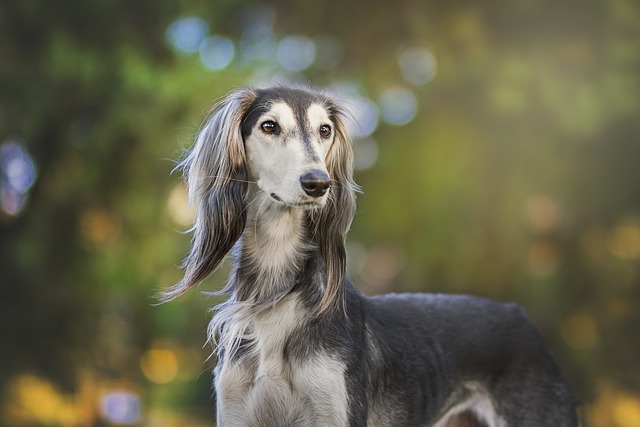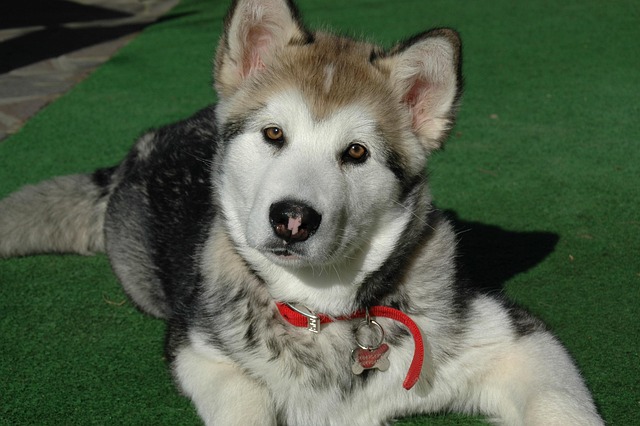You’ve just returned home after a long day, looking forward to a relaxing evening. Instead, you’re greeted by the unpleasant smell of urine and the sight of a mess on your brand - new rug. Your dog, who stubbornly refuses to go potty outside, has once again relieved themselves indoors. If you’ve ever found yourself asking, “How to potty train a dog that refuses to go outside?” you’re not alone. This frustrating situation can be resolved with patience, understanding, and the right approach.
Dogs may refuse to go outside for various reasons rooted in their behavior and environment. Fear is a common culprit. Loud noises, such as thunderstorms, traffic, or construction work, can make them anxious about venturing outside. A negative past experience, like being startled by another animal during a walk, might also make them associate the outdoors with danger. Additionally, extreme weather conditions, whether it’s scorching heat, freezing cold, or heavy rain, can deter dogs from wanting to leave the comfort of home. Puppies, on the other hand, may simply not have developed the habit yet or might not understand what’s expected of them.
The first step in potty training a reluctant dog is to create a positive association with the outdoors. Choose a specific spot in your yard or a nearby park where you want your dog to go potty. Take them to this area on a leash several times a day, especially after meals, naps, and playtime. Use a calm and encouraging voice, and bring along their favorite treats. When your dog shows any signs of sniffing, circling, or squatting, immediately praise them with enthusiastic words like “Good dog!” and offer a treat as soon as they finish going potty. This positive reinforcement helps them connect the act of eliminating outside with rewards and positive experiences.

If fear is the issue, desensitization can be an effective technique. Start by exposing your dog to the source of their fear at a low intensity. For example, if they’re afraid of loud noises, play recorded sounds at a very low volume while they’re relaxed and offer treats. Gradually increase the volume over time as your dog becomes more comfortable. When it comes to walks, start in quiet, less crowded areas and gradually introduce them to busier places as their confidence grows.
Consistency is key in potty training. Establish a regular schedule for taking your dog outside, and stick to it as closely as possible. Even if they don’t seem to need to go, take them to the designated spot and give them a few minutes to try. If an accident happens indoors, don’t scold or punish your dog. Instead, clean it up thoroughly using an enzymatic cleaner to remove any lingering smell that might attract them back to the same spot. Punishment can create fear and anxiety, making the potty - training process more difficult.
In the context of responsible pet ownership, proper potty training is not only about keeping your home clean but also about following local regulations. Always clean up after your dog when you’re out in public, as most areas have strict “poop - scoop” laws to maintain hygiene. In an apartment, a well - trained dog that goes potty outside helps avoid complaints from neighbors and keeps shared spaces pleasant. And remember, ensuring your dog’s vaccinations are up - to - date, as required by law, is crucial for their health and the safety of others in the community.
In conclusion, potty training a dog that refuses to go outside requires time, patience, and positive reinforcement. By understanding the underlying reasons for their reluctance, creating positive associations, and maintaining consistency, you can help your dog develop the habit of going potty outside, leading to a cleaner home and a happier, more well - behaved pet.






